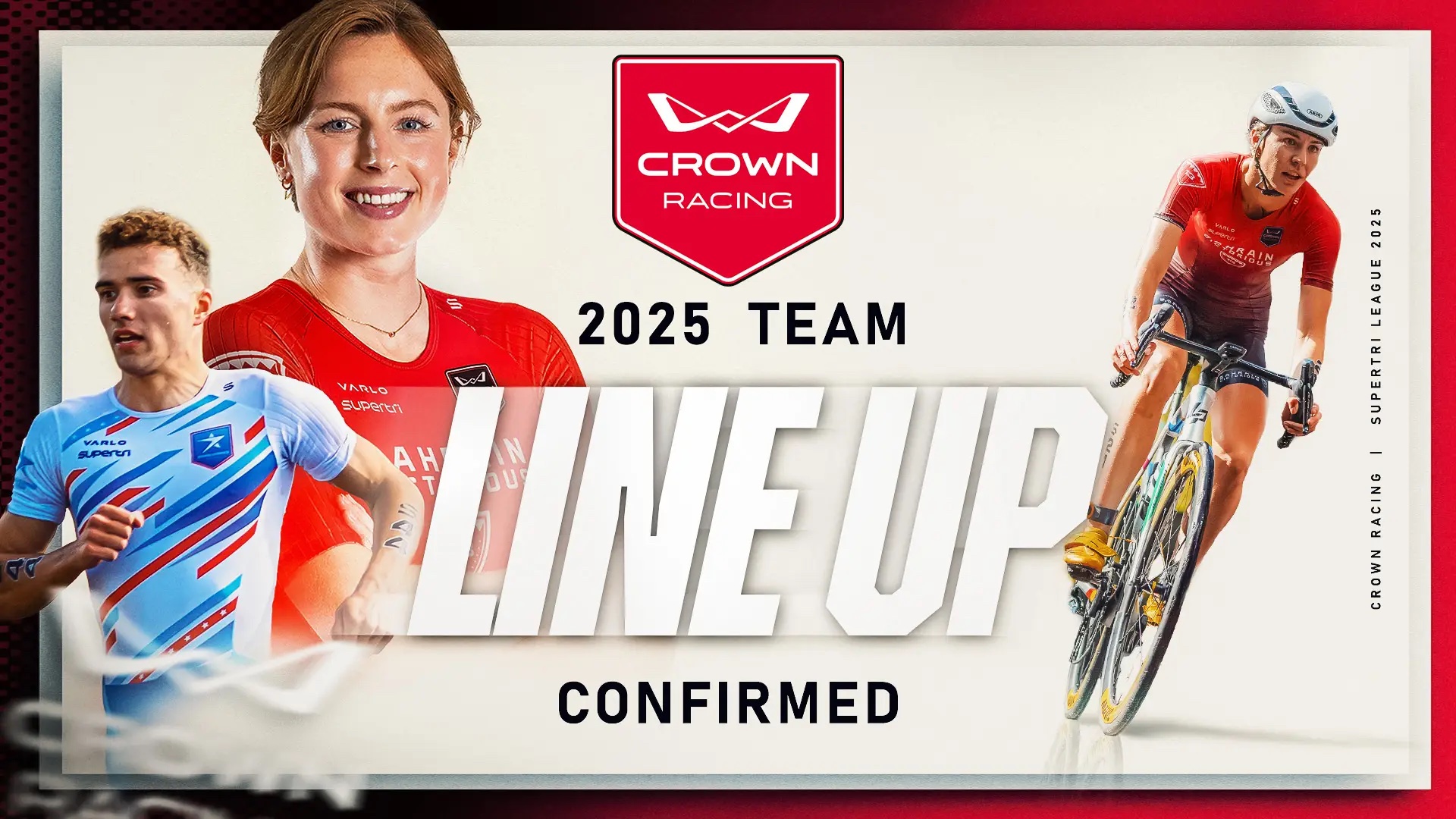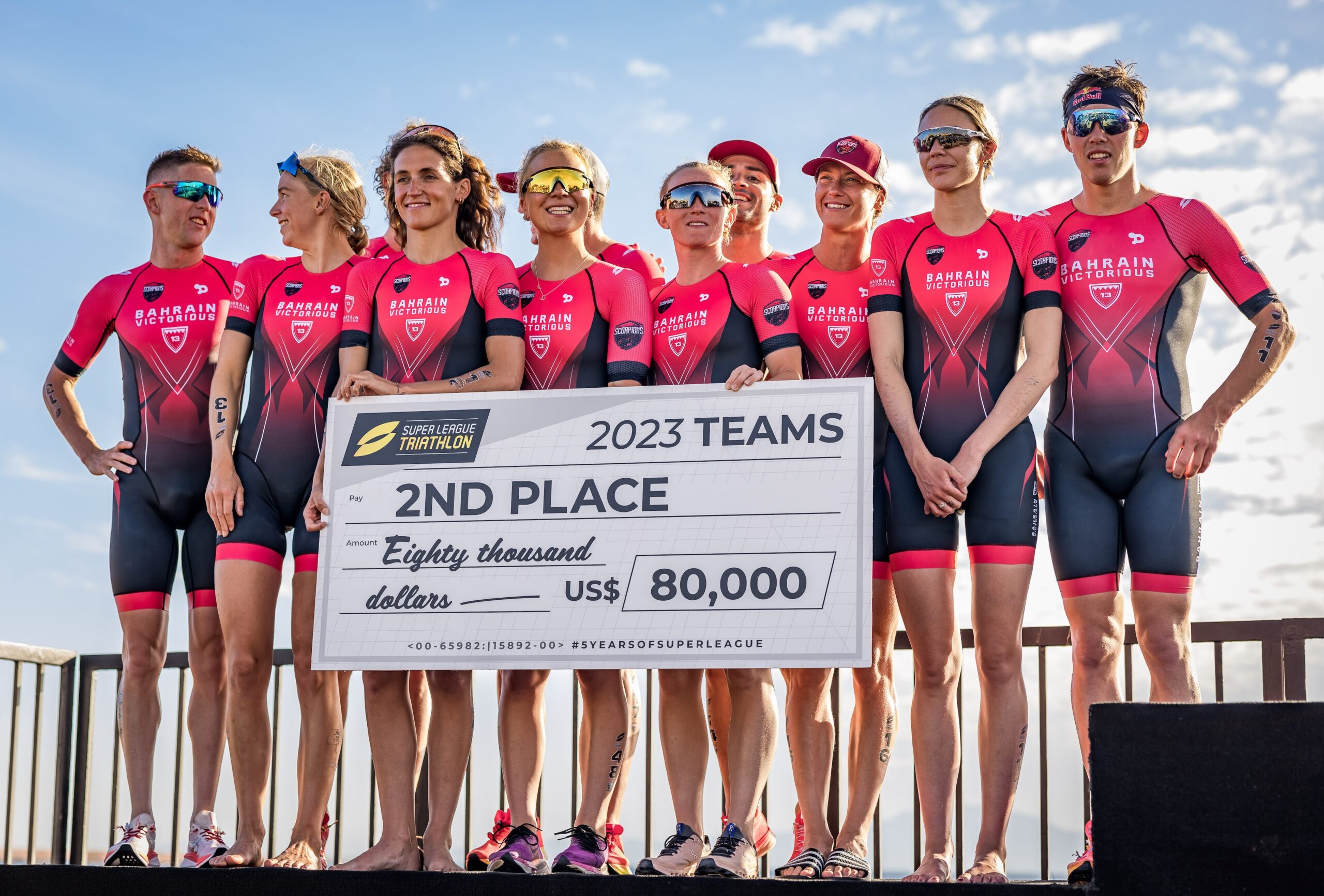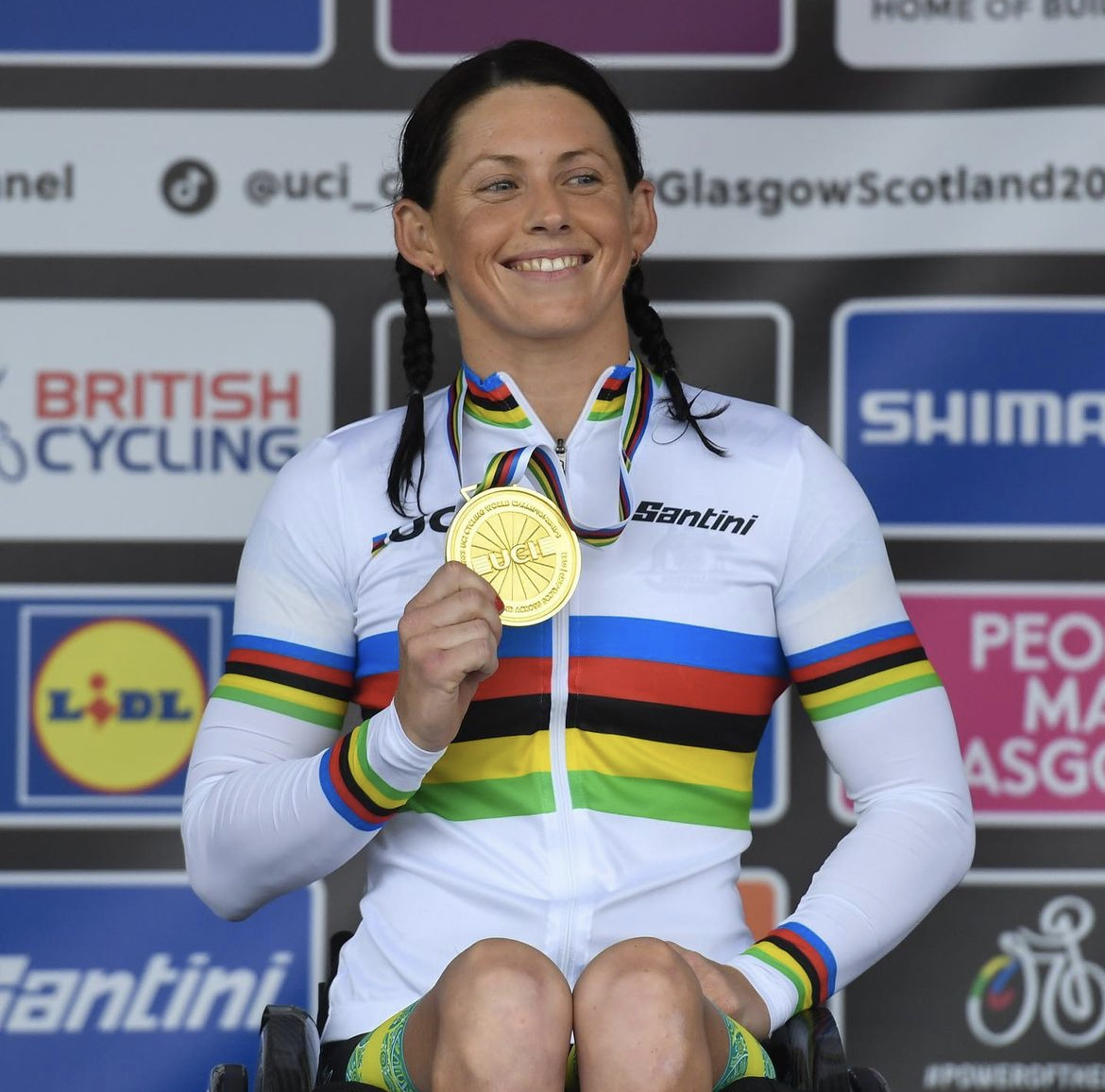“What is the limit if every other factor is perfect on one day? What can the human body produce? Is taking more than half an hour off the current record and breaking 7 hours possible?”
Chris McCormack
What if we could push the envelope?
What if we could bring the best triathletes together, have them race freely and chase the impossible?
In other sports, it’s often outside of regular championship racing where we see the best competitive moments and records occur. Create a competitive environment, take away the title chase, deliver an event with the world’s best throwing it all down and athletes will take chances and go for it.
It happened in Roth in 1996, when Germany’s Lothar Leder raced the world’s best and became the first to smash the magical 8-hour mark in the iron distance.
Nearly a quarter of a century later, just what is the current crop of athletes capable of achieving if they did the same and laid it all down? What would happen if, like in athletics, just such an environment was created to see these guys chase an actual endurance mark that shows what is humanly possible?
We wanted to build this environment. A project where the world’s best go after it, and the superior individual wins on that one day. It doesn’t shape or influence who they are, take away their titles or what they’ve already accomplished. It’s simply a raw head-to-head battle where they throw caution to the wind, forget everything and push the barriers of what is considered possible.
How can we create a racing environment with a time target that puts these athletes under immense stress and creates the battle we all want to see? That’s the question and that’s why everyone watched the famous 2018 70.3 world championship race in South Africa. Seven men went off the front including Javier Gomez, Ben Kanute, Sam Appleton, Jan Frodeno and Alistair Brownlee – all legends of triathlon simply going for it. That’s what made that race spectacular, especially when Frodeno, Brownlee, and Gomez took off after the bike. They threw caution to the wind and ran a 67-minute half-marathon. We talk about those three dominating the race, but if you watch closely it was actually Kanute and Appleton who set the pace from the onset.
What did we learn from that? The three champions who stood on the podium benefited from the pace-making of the others. They fed off each other, and together redefined what can be achieved in individual human performance. The outcome of that race was next level.
Now, most of those athletes have started racing iron distance. I’m intrigued to see just how fast someone could potentially race this distance controlling all the conditions. What is the limit if every other factor is perfect on one day? What can the human body produce?
Is taking more than half an hour off the current record and breaking 7 hours possible?
Seven hours is almost mystical, requiring an athlete to swim at Olympic open water medalist pace, ride a bike with the fastest professional cyclists on the planet on their best day, and then drop a marathon quicker than any ever delivered in an iron distance race.
Can it be done?
The first step would be to add pacemakers. In running, using others to pace an athlete and ensure they are on track to achieve a goal is a concept that’s been around for years. In no way do they eliminate the competition or the drama of a race. They amplify it, negating strategy and the mental game, and leaving us with the pure mental strength and physical capability of the athlete. There is simply nowhere to hide. Have you got it in you on this day?
So, then, let’s add pacemakers to the swim, bike, and run, and let’s make them some of the best single discipline athletes in the world. That way, we put the world’s best triathletes in an environment where they have every opportunity to get the utmost from their bodies and minds. Then, we’ll put two of these athletes against each other, to bring out their competitive nature. Head down, hang on, and don’t get beaten. It will sure make for some incredible viewing.
The real limit here is the mind. The pain and suffering of this attempt will be like nothing else ever done, almost barbaric in its rawness and severity.
The Sub7 Contenders
Alistair Brownlee is the greatest Olympic distance athlete of all time, and his arrival on the circuit reshaped the way athletes raced this distance. He is the greatest disrupter to ever race the sport and along with his brother Jonny is responsible for the way it is raced today; aggressive from the gun. The Brownlee brothers forced this racing style and mindset on the sport and made the champions before them – even the current Olympic champion at the time – look obsolete and pedestrian very quickly.
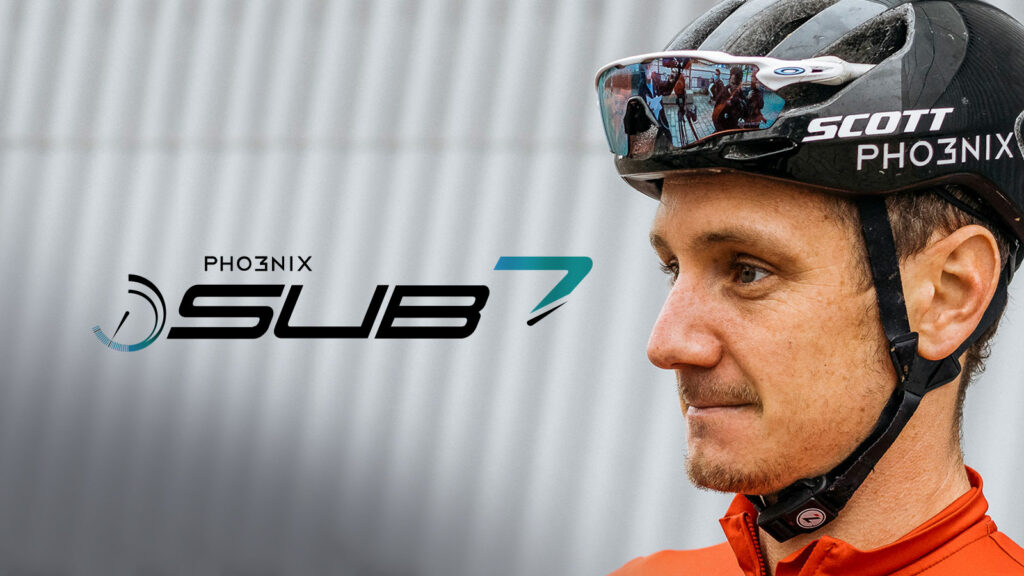
The athletes that have since arrived on the scene now have a fanatical focus on perfection in each discipline. You often hear triathletes insist that “triathlon is one sport,” but the new generation are world-class in each individual discipline. They benchmark their goals and judge themselves against the best swimmers, cyclists and runners.
The outcome is visible at Super League Triathlon and at ITU/Olympic level. Many of these athletes qualify for the Olympics in both triathlon and also the individual sports within it. Think about how remarkable that is. This mindset is yet to truly migrate across to the long course ranks. It began with Jan Frodeno, but this new generation will hit long course racing like a tidal wave.
As the reigning Olympic champion, Ali believes he can break seven hours for the iron distance if the conditions are perfect and the same ITU rules in cycling applied to the bike leg. A lot of people may say “that’s not triathlon” – but it’s part of ITU triathlon, which delivers Olympic medals and world champions.
The key to Alistair is that he is motivated not by his competitors, but by the lure of trying to understand just what he is capable of. This is what makes him stand out in this sport, and this is why when you ask him about his limitations he doesn’t give you a quick, off-the-cuff response. You can see him truly ponder the question. You’ll see him calculating what he thinks he is capable of doing against the current standard. You can see why he disrupted the sport the way he has. He is a champion with a “let’s do this” attitude.
I’ve spoken with Kristian Blummenfelt about it as well, and without a second’s hesitation he said he doesn’t see the current records as anywhere near the threshold of human potential. He is very eager to mix things up and establish faster times. His response was typical of the new wave of athletes’ mindset: “I would really like to find out what that feels like.” You have to love the enthusiasm of the young guys.
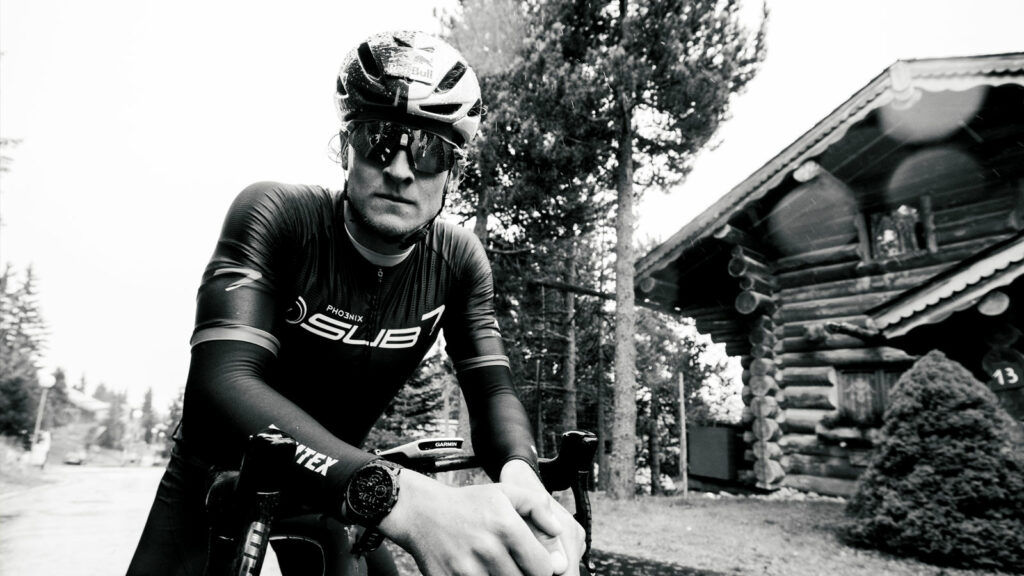
Kristian came across to half iron distance racing and smashed the world record by two minutes. He came back a year later and did it again, setting a mark almost seven minutes quicker than anyone had done before him. He was bold. He put that statement out to the universe in the weeks before the race, and everyone laughed. Then, the guy ran a 66-minute 21km run off a sub-1:58 bike split. Afterwards, he said his swim was average and he was disappointed he had to take up so much of the riding pace early.
He thinks he can go “much faster.”
It is unfortunately typical of this sport that, after Blummenfelt shattered the record despite his relative inexperience at the distance, some of his peers decided to forgo congratulations to instead attempt to justify their own shortcomings. They cheapened his achievement with excuses. Could it not simply be that Kristian just raced like he always does – full gas – and with that record has now changed the way we race this distance? Admitting this would mean admitting obsolescence without immediate adaptation. How much easier it is to say the course was short, or the conditions were perfect, or the Norwegians who were all over this race at the front worked together.
What Kristian delivered is physically next-level, but it is his mental belief regarding what’s possible that must be the focus of discussion. This is the winner’s mindset we talk about. Bring me your best, bring me your targets, and I will go after them.
That attitude is authentic and inspiring. The average will find excuses and reasons, while the exceptional will continue to raise the bar.
The Sub8 Contenders
Nicola Spirig is probably one of the greatest female triathletes to ever compete. There’s always been a discussion around her move up to iron distance, but when you have so much success on the Olympic level with a gold and silver in the last two Olympic Games, you’re European champion several years running… there’s been no rush for her to move up in distance.
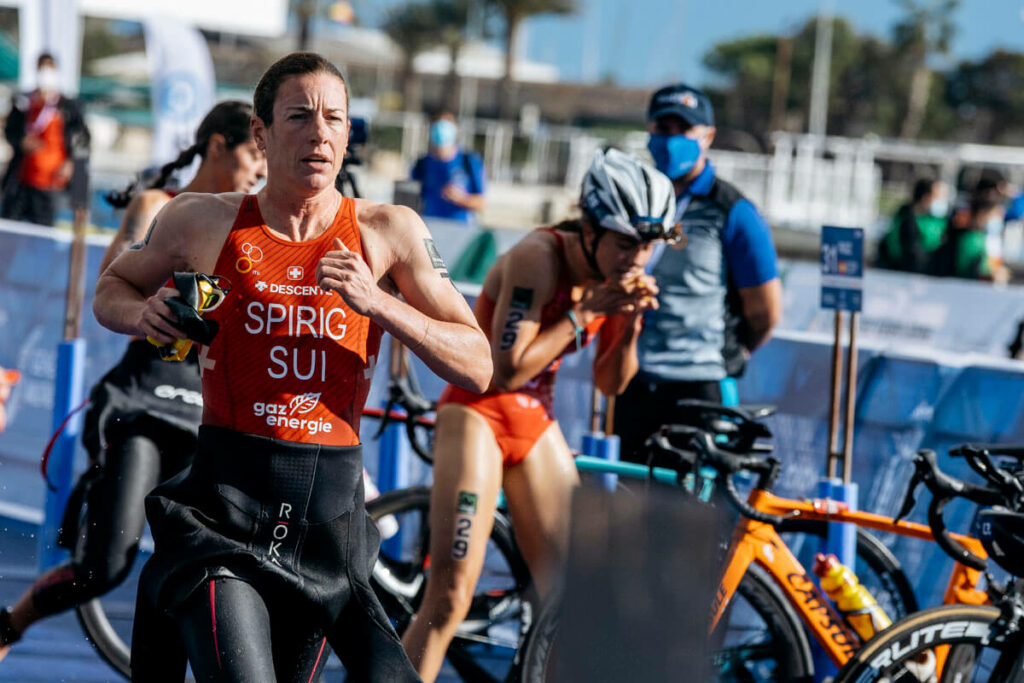
I think she has the experience, the strength, the balance as an athlete to do that. Daniela Ryf was the #2 of Nicola Spirig; she was put on teams to assist Nicola to win races because in Switzerland they didn’t believe Daniela could win. Nicola’s super well-rounded and balanced and capable of doing anything. Her only limitation will be her lack of experience at the distance, but she’s got more experience as a triathlete than any other women racing in the world right now.
Her marathons are strong, her bike power is strong, and she’s a very strong swimmer in Iron distance terms. She won her debut iron distance race over a tough course in Cozumel! I think she just has never looked for or needed recognition by chasing Kona wins. But she’s said, look I just want to do one iron distance race and I want to do it fast. I want to go after the fastest time of all time, and that’s me.
She’s got kids, she’s a big sports star in Switzerland and is bigger than triathlon in that sense. But with Sub8 she saw the opportunity to take on a challenge where she can just focus on what she has to do, the numbers she needs to make to pursue a record — as opposed to getting caught up in a world championship chase. This is a personal challenge for her. Her inexperience over the distance may be a problem, but she is definitely a gold standard athlete.
I think Lucy Charles is an exciting racer because she’s capable of setting that new benchmark. She’s relatively new; she’s three years as a pro, she’s finished three times second at Kona, so she’s still on the upward trajectory in her learning curve.
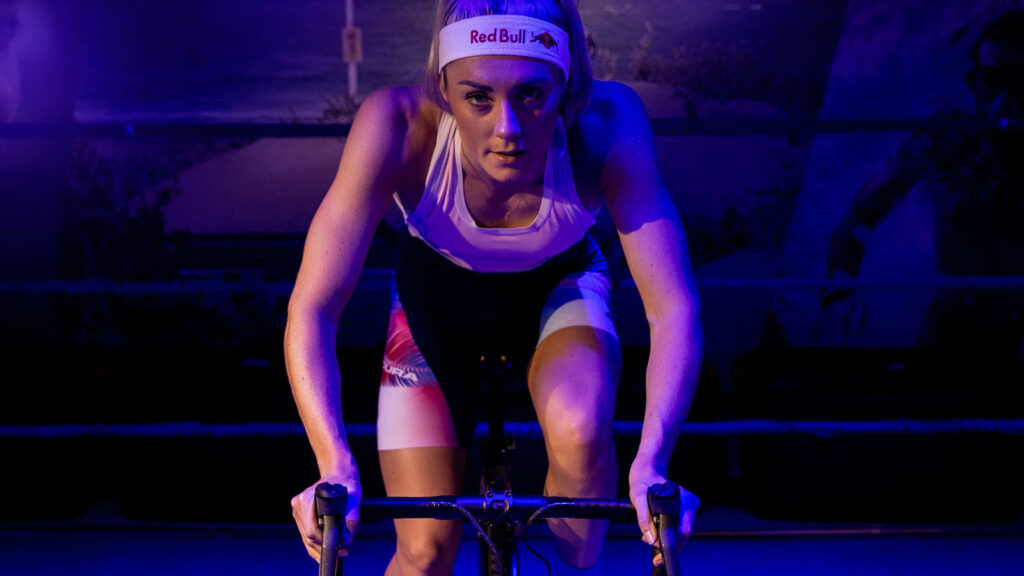
Her swim is better than the fastest men in the world, so she’s going to set up a big time which should be close to eight or nine minutes quicker than Chrissie Wellington just after the swim. That is huge. Her bike capability is magnificent; she spends a lot of time working on that, she’s led off the bike in Kona, she’s been in the top two finishers for multiple years in major championship events… She’s just a frontrunner, and I think a frontrunner’s mentality is what you need when you’re chasing times. You can’t be a tactical strategic racer. You need to be someone who’s prepared to go off the front, understands and trusts their judgment and pace, and can execute that over the distance.
That’s where I think Lucy has a lot of momentum coming into this challenge because she’s going to be ahead of the curve pretty much for the entire day. It’s only the marathon — which is still developing, we’re talking two years down the track for her and her marathons are getting quicker as the years go by — it’s only the marathon that she needs to really work through. But mentally she’s used to racing this way every race she does.
She’s got youth on her side, she’s got a lot more ironman experience in her, a lot less triathlon experience compared to Nicola, but she’s an Olympic standard swimmer so she’s an athlete at heart.
If you get the right conditions and everything’s set up for them I think that’s well and truly achievable. Either one of them can do it.
To break this record is outlandishly difficult. On the women’s side, yes it’s hard. On the men’s side it’s nigh impossible. If they were to break 7 hours it would be the greatest endurance performance in the history of the world. It would make INEOS 1:59 look like peanuts.
They’re about to swim with the Olympic gold medalist, 43 minutes for 4K. That’s 1:06/100m or quicker. And then they’ve got to ride 51k/hour over 180K — that’s as fast as the fastest ever Tour de France stage over 100 miles. Then you’ve got to get off the run and run a sub-2:30 marathon. No triathlete’s ever run sub 2:35!
The athletes have to look for every single marginal gain they can get, because seconds count. What pacers they select, the equipment they choose. We are currently scoping the course options that will assist the athletes get from A to B the fastest. We need to consider the weather (temperature and wind), course gradients, road surface, and type of assistance they can have — all these things that we’re finding the perfect course to set them up to go after this time.

